Although it’s an option that you don’t really need unless planting tall or climbing plants, so I wouldn’t have to store them I went ahead and also installed the climbing tube holder and the four climbing tubes. I then plugged in the box and turned it on to make sure that everything was working properly. The pump made a bit of racket to start, but it quickly filled with water and started humming along; it’s about as loud as the pump on an aquarium, so it’s not too obnoxious.
Here’s a video that goes over all of the steps we just did.
Now it’s time to open the Growing Starter Kit. Inside the kit, there are three nutrient starter cups, 12 nutrient adjuster cups, pH+ capsules, pH- capsules, 3 replacement pump filters, an electronic EC meter, an electronic pH meter, pH buffer powder, a pair of tweezers, 72 seed sponges, and three bottles of lettuce seeds with 75 capsules per bottle.
Before you can actually plant any seeds, you need to prepare the water by dumping one of those nutrient starter cups in the dosing hole. I’m completely new to hydroponic gardening, and I was wondering how the plants got their nutrients if no soil was involved — this answered my question. The pump should be on while you do this so it can disperse the nutrients through the water; after adding the nutrients, you’ll need to wait 30 minutes.
After the 30 minutes are up, it is time to test the water’s pH and nutrition concentration levels using the included pH and EC meters. Proper pH is in the 5.5-6.5 range; our water is hard at 7.2, so I needed to add several pH- capsules to the water; that brought it down to the proper levels.
The EC level is supposed to be in the 1.0-1.2 range. Mine was very low, at 0.48, so I had to add several of the nutrient adjuster cups to get the levels up to the proper range. Once a week, you are supposed to test the EC and pH and adjust and treat as necessary.
You do have the option of using your own seeds or using the capsules that come with the GrowBox. Since I am such a hydroponic gardening n00b, I decided to play it safe and plant the lettuce that came with the kit. There are 50 holes in the OPCOM GrowBox; they recommend that if you are growing lettuce you plant a maximum of 25 plants, spreading your seeds/future plants out so that they have room to grow. To that end, I pulled off a block of 25 seedling sponges. Each approximately 1″ cube has a slit in its center to hold a seed capsule. You need to get the sponge totally wet in the sprout tray area of the GrowBox, letting it soak up the nutrient-rich water.
With dry hands (or using the included tweezers), you’ll insert one lettuce seed capsule into the center of each seedling sponge. You push them in about half-way — the tip of the capsule will still be poking out of the top of the sponge. Let these sit in the sprouting tray for about 30 minutes.
After the 30 minutes is up, the bottom of the seed capsule will have dissolved in the water, and you can remove the top part of the capsule with the included tweezers.
Now you break the seedling sponge into single squares and place them into the holes in the growing plate. Like I mentioned before, OPCOM Farm suggests that if you are growing lettuce, you plant in every other hole so that the lettuce will have room to grow. Small plants like herbs can be planted in every hole. You’ll want to place the seedling sponges so that they are suspended in each growing plate’s hole – not pushed below the hole and all the way down into the water.


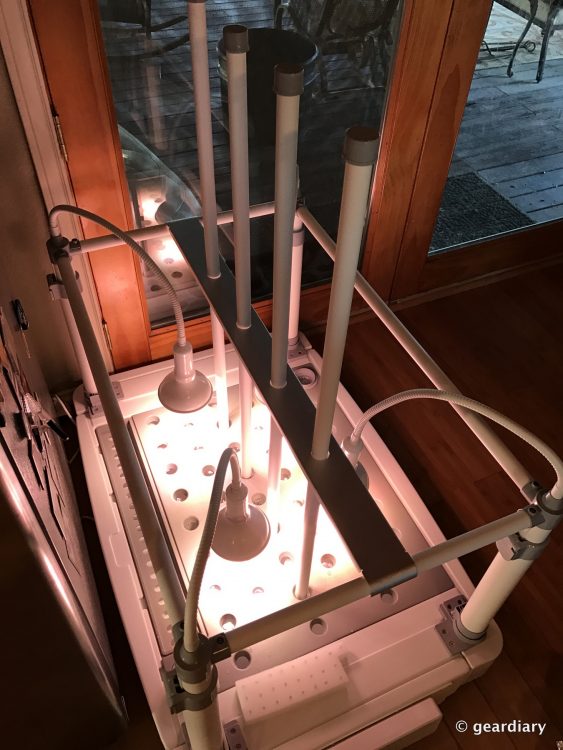


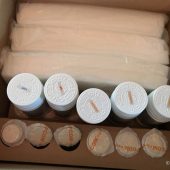

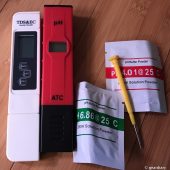

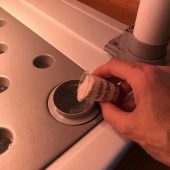
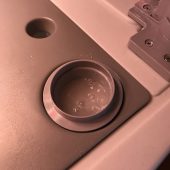
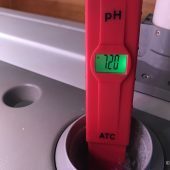
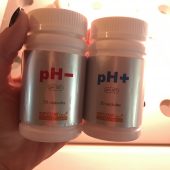
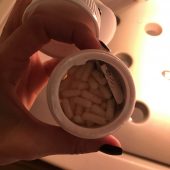

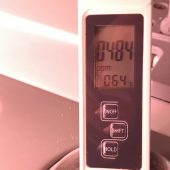
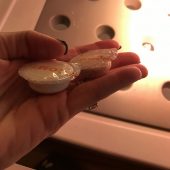
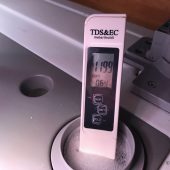
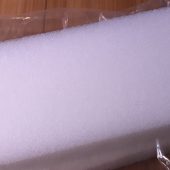
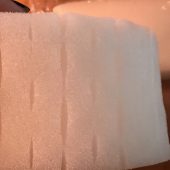

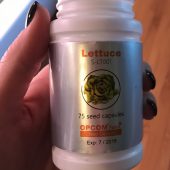
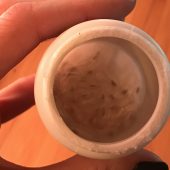
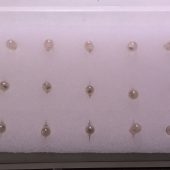
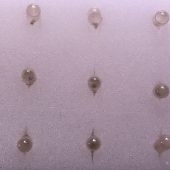
This Opcom Farm looks awfully complicated. I am using Vivit.green for years. Super simple. Nearly no maintenance except pouring water into the tank every two weeks (using rain water for that). And no pots, soil or complicated piping system needed. I have now aprox. 80 plants in my plant wall. In spring we will buy an other one to grow salad and tomatoes 🙂 My little son even surprised me with snow flakes hanging from one of the plants. No idea how he put them up there. https://uploads.disquscdn.com/images/06fc0cc523446c50714b222c410cf35c44ab49f48937501d67374277452dca2e.jpg